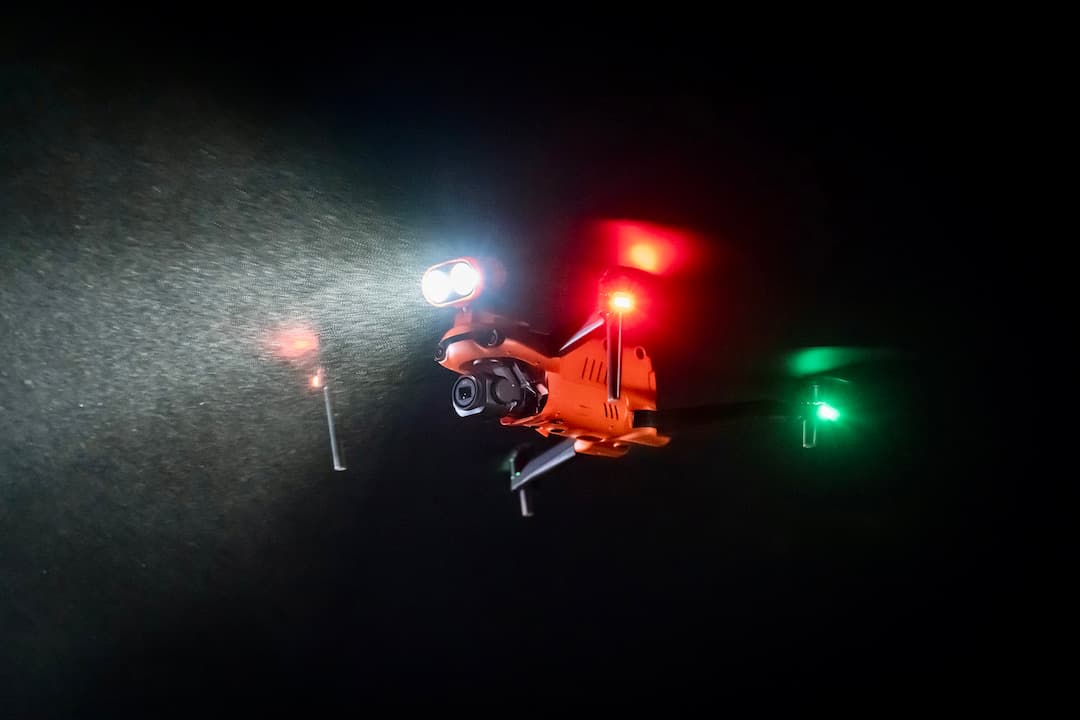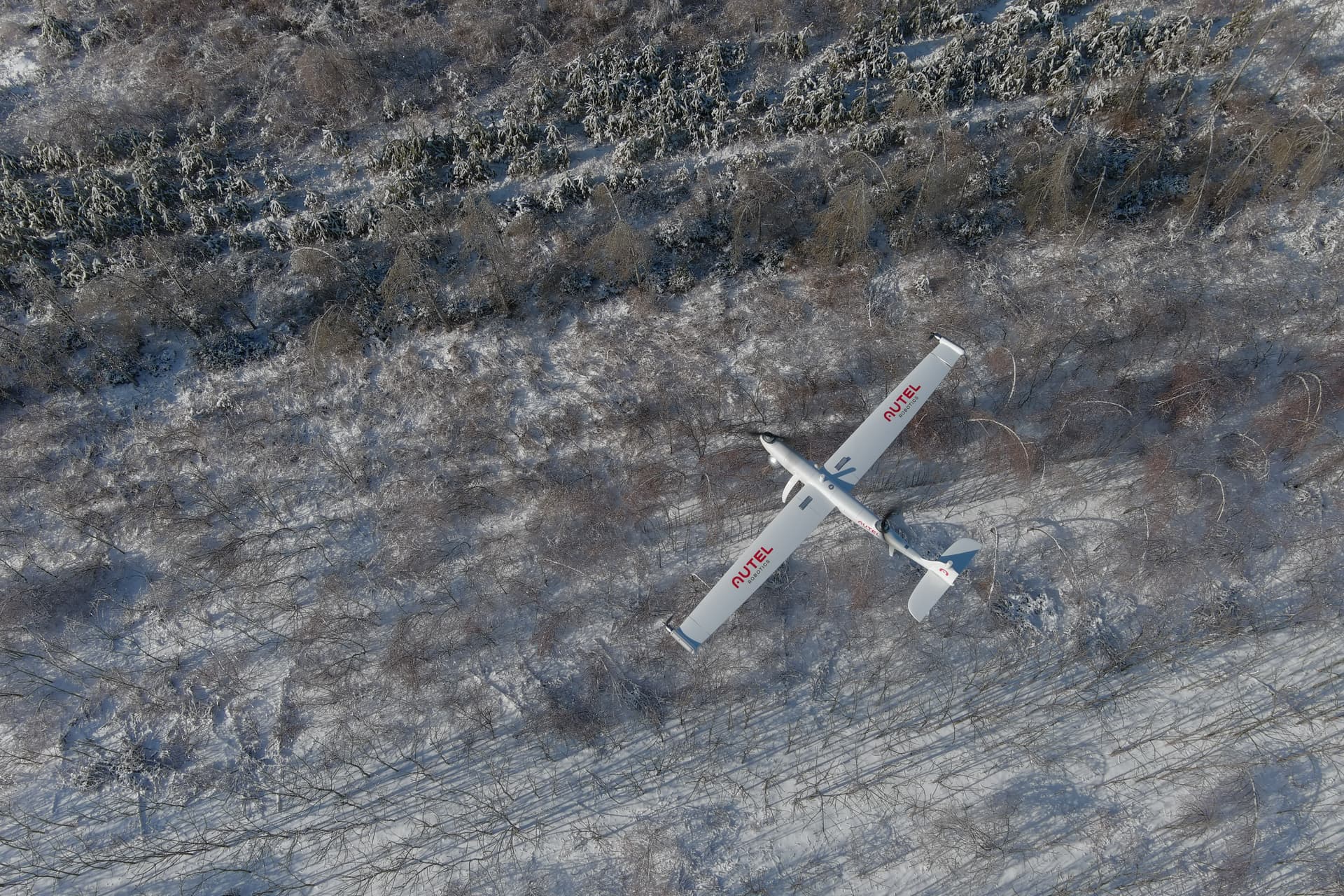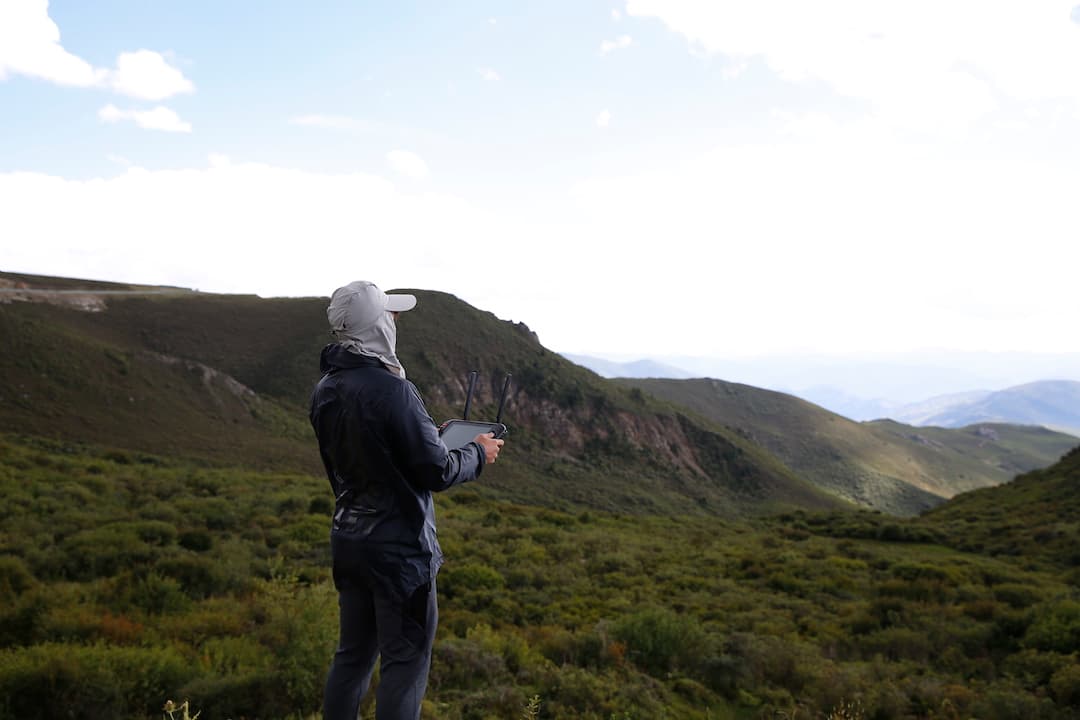Published March 13, 2023
How Drones are Changing the Face of Search and Rescue Operations
Drones are revolutionizing search and rescue operations with their capabilities and technology, improving efficiency and saving lives.

Search and rescue operations are an integral part of emergency services, and the use of drones in these operations has brought about a significant change in the way they are conducted. Drones, also known as unmanned aerial vehicles (UAVs), offer several benefits over traditional search and rescue techniques. In this article, we will discuss the ways in which drones are changing the face of search and rescue operations.
Search and rescue operations have been around for centuries, and over time, various techniques and technologies have been developed to make these operations more effective. The use of drones in search and rescue is relatively new but has already made a significant impact. Drones are small, maneuverable, and equipped with high-resolution cameras and other sensors that can detect and locate people in distress.

Advantages of Drones in Search and Rescue Operations
Drones offer several advantages over traditional search and rescue techniques. Some of these advantages include:
Efficiency
Drones can cover large areas quickly and efficiently, reducing the time it takes to locate a person in distress.
Flexibility
Drones can fly into areas that are inaccessible or too dangerous for humans to reach, such as rugged terrain or areas affected by natural disasters.
Cost-effective
Drones are relatively inexpensive to operate and maintain, making them a cost-effective solution for search and rescue operations.
Real-time data
Drones can transmit real-time data to search and rescue teams on the ground, allowing them to make informed decisions and adjust their search strategies accordingly.

Types of Drones Used in Search and Rescue Operations
There are various types of drones used in search and rescue operations, each with its own unique features and capabilities. Some of these drones include:
Fixed-wing drones
Fixed-wing drones are ideal for covering large areas quickly and efficiently. They can fly for extended periods and are equipped with high-resolution cameras and other sensors that can capture detailed images of the search area.
Multi-rotor drones
Multi-rotor drones are smaller and more maneuverable than fixed-wing drones. They are ideal for flying in tight spaces and can hover in place, making them suitable for search and rescue operations in urban environments.
Hybrid drones
Hybrid drones combine the best features of fixed-wing and multi-rotor drones. They can fly for extended periods and cover large areas quickly while also being maneuverable enough to fly in tight spaces.

Applications of Drones in Search and Rescue Operations
Drones are used in various applications in search and rescue operations. Some of these applications include:
Locating missing persons
Drones equipped with high-resolution cameras and other sensors can quickly locate missing persons in large areas of wilderness or urban environments.
Providing real-time situational awareness
Drones can provide search and rescue teams with real-time data on the search area, including weather conditions, terrain features, and other hazards.
Delivering emergency supplies
Drones can be used to deliver emergency supplies such as food, water, and medical supplies to people in need, especially in areas that are difficult to access by ground.
Conducting aerial surveys
Drones can be used to conduct aerial surveys of the search area, identifying potential hazards and providing search and rescue teams with detailed maps and images of the area.
Challenges of Using Drones in Search and Rescue Operations
While drones offer several advantages over traditional search and rescue techniques, there are also several challenges associated with their use. Some of these challenges include:
Limited flight time
Drones can only fly for a limited amount of time before needing to recharge their batteries or refuel.
Limited range
Drones have a limited range and can only fly a certain distance from their operator.
Weather conditions
Drones may not be able to fly in extreme conditions such as strong winds, heavy rain, or snow.
In conclusion, drones have revolutionized the way search and rescue operations are conducted, providing a faster, safer, and more efficient way of locating and rescuing individuals in emergency situations. Their ability to quickly survey large areas, access hard-to-reach locations, and provide real-time data and imagery has made them an invaluable tool in emergency response.
However, there are still limitations and challenges to be overcome, such as regulatory restrictions, limited battery life, and weather conditions. Despite these challenges, the benefits of using drones in search and rescue operations far outweigh the risks, and their use is only expected to increase in the years to come. With continued development and advancement in drone technology, we can expect to see even more effective and efficient search and rescue operations in the future.